20 U.S. National Parks That Are Actually Dangerous To Visit
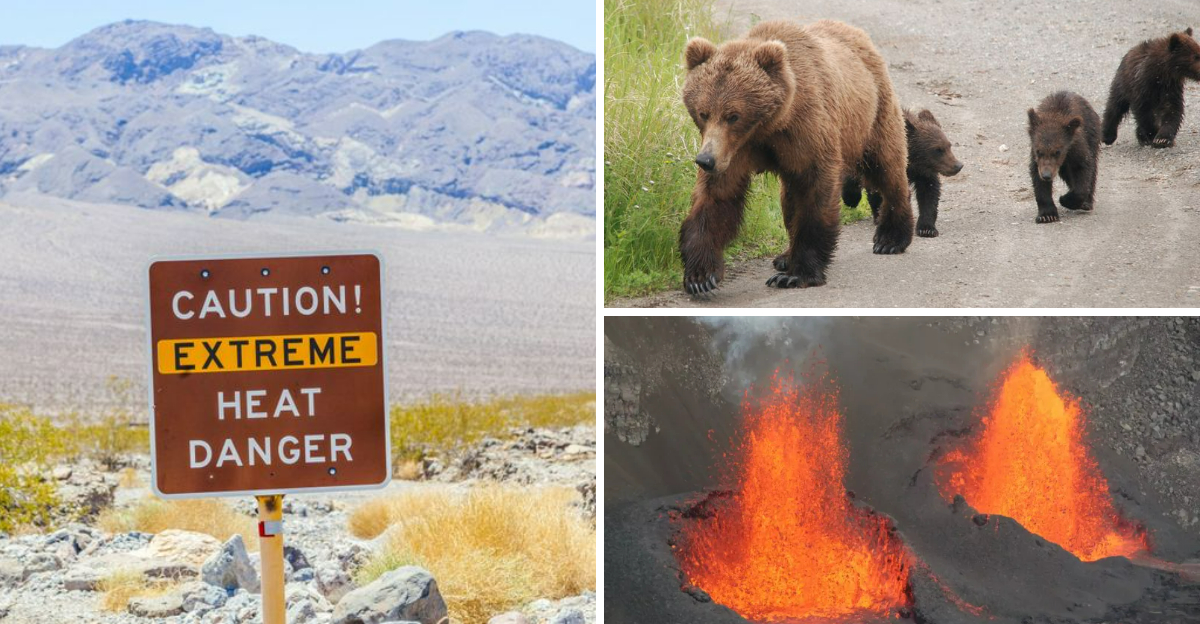
National parks may look like picture-perfect postcards, but they’re not just about scenic trails and sweeping views. Behind the beauty, some hold serious risks—rapid weather changes, unpredictable wildlife, and paths that test even the most experienced hikers.
These aren’t spots to wander into without a plan. I’ve gathered a list of parks that are as dangerous as they are stunning, the kind that demand your full attention. So if you’re heading out there, pack smart, stay alert, and know exactly what you’re walking into.
1. Grand Canyon: Where Beauty Meets Deadly Drops
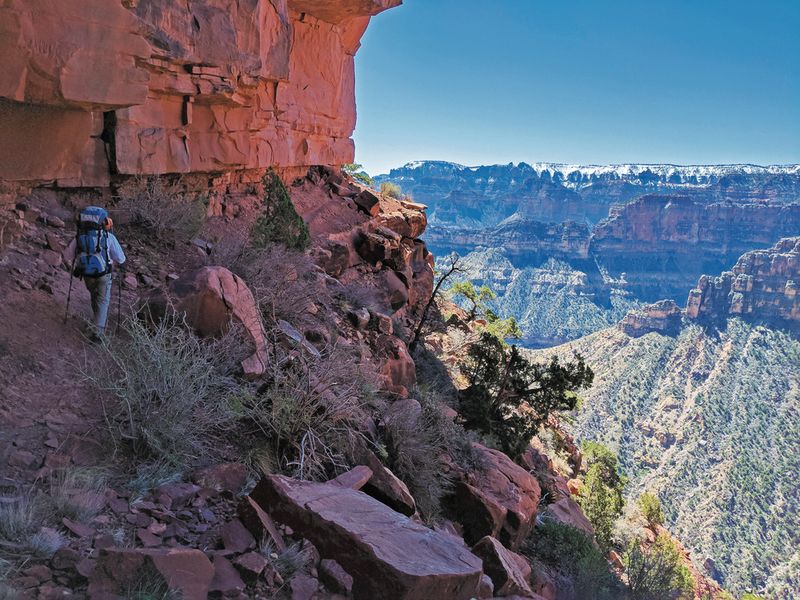
Every year, about 12 people die at Grand Canyon National Park, often from falls, heat, or dehydration. The park’s sheer cliffs drop more than a mile to the Colorado River below, with many viewpoints lacking guardrails.
Summer temperatures regularly exceed 100°F in the inner canyon, creating dangerous conditions for hikers who underestimate the difficulty of trails. Many visitors don’t realize that hiking down is the easy part – it’s the climb back up that tests your limits.
Flash floods can occur without warning in the canyon’s narrow side ravines, even when no rain is visible nearby. Did you know? The temperature difference between the rim and the canyon floor can be more than 20 degrees!
2. Yellowstone: Walking on a Supervolcano
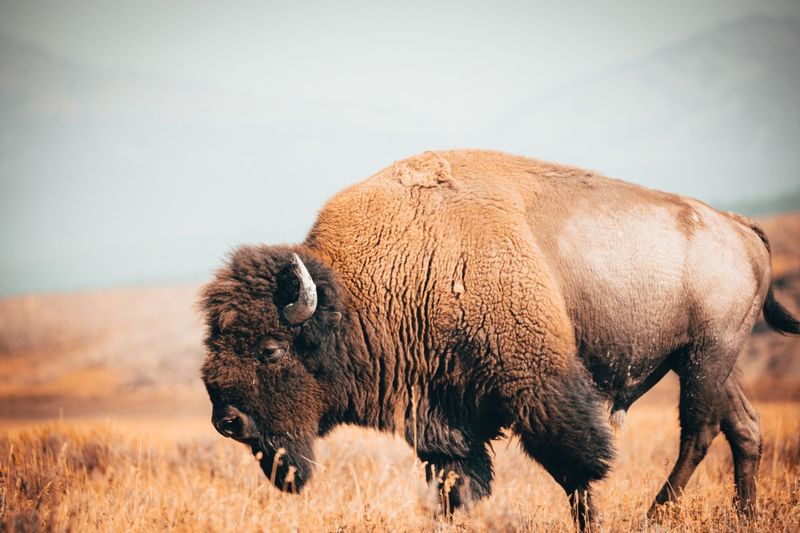
Beneath Yellowstone’s picturesque landscape lies a massive volcanic system that could one day catastrophically erupt. The park’s hydrothermal features have claimed more than 20 lives, with visitors falling into boiling hot springs or suffering severe burns from acidic water.
Bison injure more tourists than any other animal in the park, despite their seemingly docile appearance. These 2,000-pound creatures can charge at 35 mph when they feel threatened, which happens often when tourists approach too closely for photos.
The thin crust around thermal areas can break under your weight, dropping you into scalding water below. Hydrogen sulfide gas in some areas can be deadly if inhaled in high concentrations.
3. Death Valley: Extreme Heat That Kills
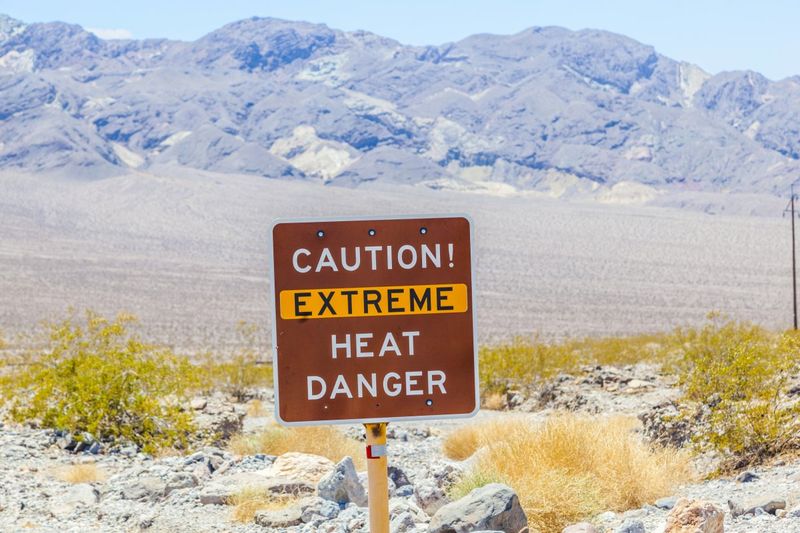
How hot is too hot for adventure? Death Valley holds the record with a scorching 134°F, and in summer, ground temps soar past 200°F—enough to fry an egg or melt your shoes.
It’s easy to underestimate how fast dehydration kicks in out here. You can lose over a gallon of water a day, and without constantly drinking, heat stroke isn’t just possible—it’s likely. Cell service barely exists in most areas, and if your car breaks down, help might be hours away.
Some remote roads are littered with abandoned vehicles, left behind by travelers who didn’t realize how unforgiving this place can be.
4. Denali: Alaska’s Freezing Wilderness

If you’re heading into Denali, be ready for some of the harshest weather in any U.S. national park—temperatures can drop below -40°F in winter.
Though summer might seem safer, sudden snowstorms can still hit, bringing hypothermia and frostbite to even well-prepared hikers.
Where grizzly bears roam, the risks rise fast—these massive animals don’t back down when startled, and unlike black bears, they’re far more aggressive when they feel cornered.
It’s their strength and unpredictability that make encounters so dangerous, fighting one off isn’t a real option.
When climbers take on Denali’s peaks, accidents are a constant threat, with lives lost every year.
This mountain shapes its own weather, trapping people in blizzards for days and forcing them to wait out the storm with limited food and hope.
5. Zion: Deadly Flash Floods in Narrow Canyons
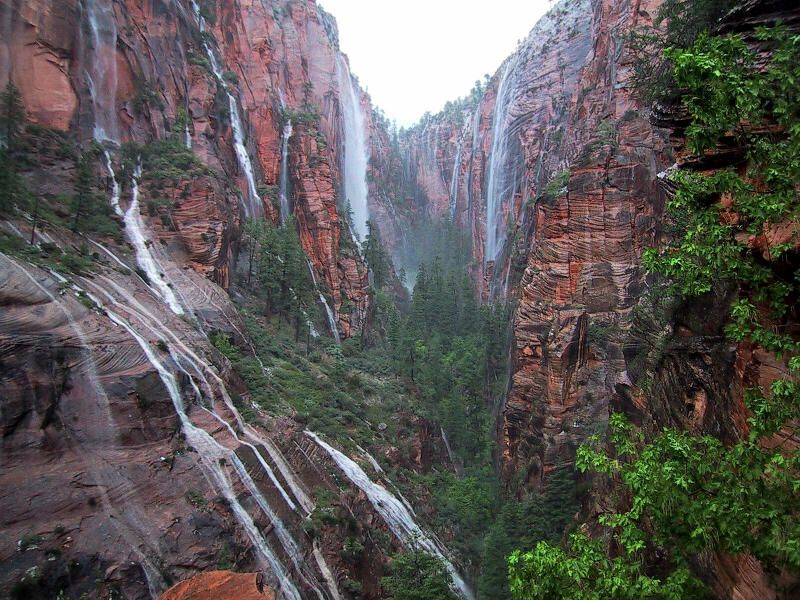
Where Zion’s slot canyons twist through the rock, flash floods become deadly in an instant.
If a storm hits miles away, the water still finds its way here—rushing in fast, with no time to react. In 2015, seven hikers were caught and killed in Keyhole Canyon, a grim reminder of how fast conditions can turn. When water levels rise by several feet in just minutes, there’s nowhere to run in those narrow walls.
Though the cliffs around Zion draw thrill-seekers, trails like Angels Landing carry real danger—a single misstep can mean a 1,500-foot fall.
Chains help on the sketchiest parts, but even then, some haven’t made it back.
6. Hawaii Volcanoes: Active Lava and Toxic Gases
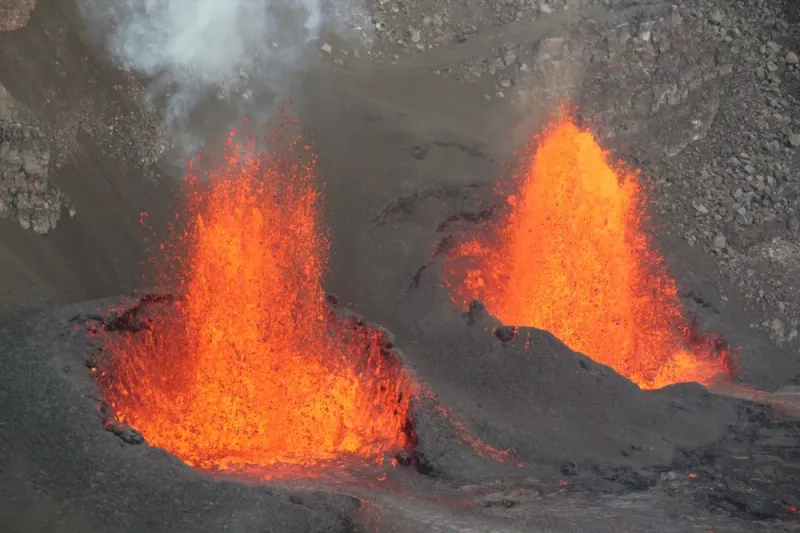
If you’re planning to visit Hawaii Volcanoes National Park, you’ll encounter Kilauea, one of the world’s most active volcanoes. Sudden eruptions have trapped and killed visitors in the past, with little warning before new fissures open.
When volcanic smog, known as “vog,” fills the air, it contains sulfur dioxide that can trigger respiratory problems and make breathing difficult, even for healthy visitors. The concentration can change rapidly with wind shifts, meaning safe areas can become dangerous in minutes.
If you get too close to active lava flows, the ground near them can collapse without warning, dropping visitors into scalding hot material. Fresh lava fields might appear solid on top while remaining molten underneath, creating a deadly trap for those who venture too close to witness the spectacle.
7. Rocky Mountain: Lightning Strikes and Altitude Sickness
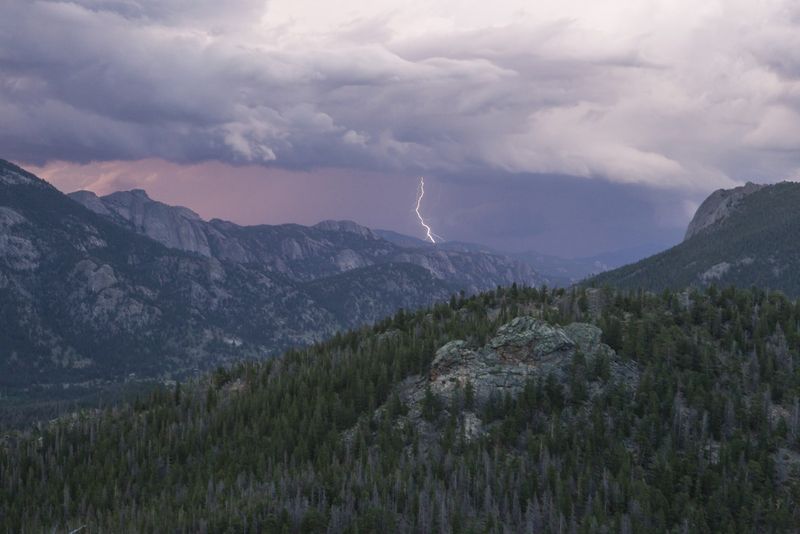
If you’re heading to Rocky Mountain National Park, be aware that it has one of the highest lightning fatality rates of any national park. Afternoon thunderstorms are common during the summer, often catching hikers above treeline where there’s no shelter.
Altitude sickness is another danger to keep in mind. Many visitors, eager to reach the summit, quickly ascend to elevations over 12,000 feet without proper acclimatization. Symptoms can start as headaches and nausea, but if ignored, they can escalate to more serious conditions like pulmonary or cerebral edema, which can be fatal.
When winter hits, avalanches become a real threat. The steep terrain and Colorado’s unstable snowpack create ideal conditions for massive slides that can bury you under tons of snow in a matter of seconds. Have you thought about the risks of venturing into the park’s backcountry? Each year, avalanches claim lives in these remote areas.
8. Olympic: Rogue Waves and Dense Wilderness
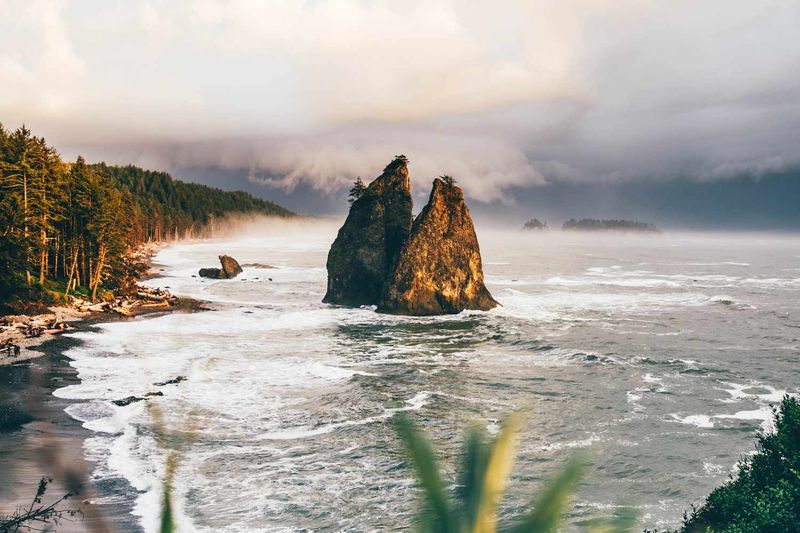
When visiting Olympic National Park, be mindful of the rogue waves along its Pacific coastline. These massive surges can sweep visitors off beaches and rocks without any warning, reaching 20-30 feet higher than surrounding waves, even on calm days.
The park’s interior, with some of the most remote wilderness in the lower 48 states, presents its own set of challenges. Rescue operations in dense rainforests can take days, and with no cell service, hikers are left vulnerable if they get injured. After heavy rains, trails often become impassable, delaying help even further.
Hypothermia is a year-round threat in this wet climate. The constant moisture drains body heat, even though temperatures rarely freeze. In the higher elevations, thick fog can reduce visibility to mere feet, making it easy to get disoriented and lost.
9. Glacier: Grizzly Territory with Disappearing Ice

Glacier National Park has the highest concentration of grizzly bears in the lower 48 states. These powerful predators can be dangerously territorial, especially when surprised on trails or when protecting cubs or food sources.
Rapidly melting glaciers create unstable terrain throughout the park. What appears to be solid ground can actually be undermined by meltwater, creating sinkholes and triggering landslides that have claimed hikers’ lives. Extreme temperature swings can catch summer visitors unprepared when sunny mornings transform into freezing afternoons with snow at higher elevations.
The park’s remote location means medical help can be hours away in emergency situations, making even minor injuries potentially life-threatening.
10. Channel Islands: Isolated in Rough Waters
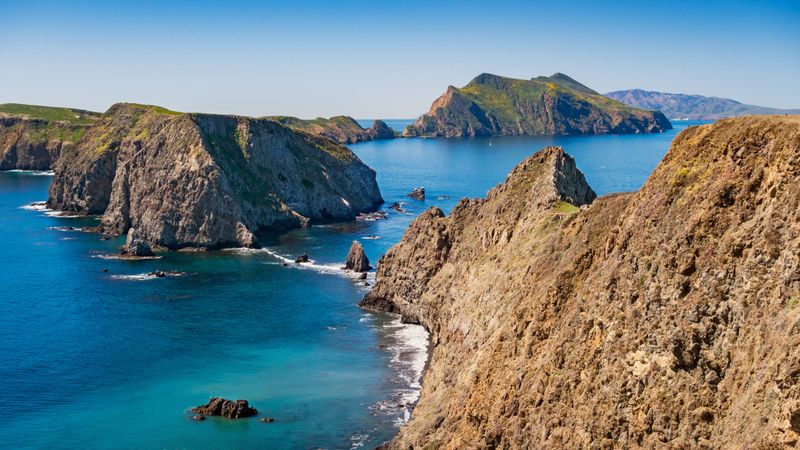
It’s easy to forget how isolated Channel Islands National Park really is. The mainland is hours away by boat, and rough sea conditions make medical evacuations a challenge. Changing weather can also trap visitors for days when return boats can’t safely dock, leaving them stranded without a way to get back.
When you’re on the water around the islands, the currents and underwater hazards make the surroundings dangerous. These waters have claimed numerous divers and kayakers, and the winds can shift unexpectedly, creating perilous conditions for small watercraft trying to navigate between islands or back to the mainland.
Fresh water is scarce on the islands, so visitors need to bring everything they’ll need. If supplies run out during an unexpected extended stay, dehydration becomes a real risk. In this maritime desert, surrounded by saltwater, it’s easy to see how quickly things can go wrong without proper preparation.
11. Everglades: Alligators, Pythons, and More

Everglades National Park houses over 200,000 alligators, creating one of the densest populations of these powerful reptiles anywhere. Attacks on humans are rare but devastating when they occur, especially when visitors ignore warning signs about feeding or approaching these prehistoric predators.
Invasive Burmese pythons have established themselves throughout the park, growing to lengths exceeding 15 feet. These massive constrictors have been known to attack humans, though encounters are rare due to their secretive nature.
Mosquito-borne diseases like West Nile virus and dengue fever pose invisible threats in this wetland environment. The park’s remote backcountry areas can become impossible to navigate during wet seasons, with trails disappearing under rising waters that conceal dangerous wildlife.
12. North Cascades: Remote Wilderness with Deadly Slopes
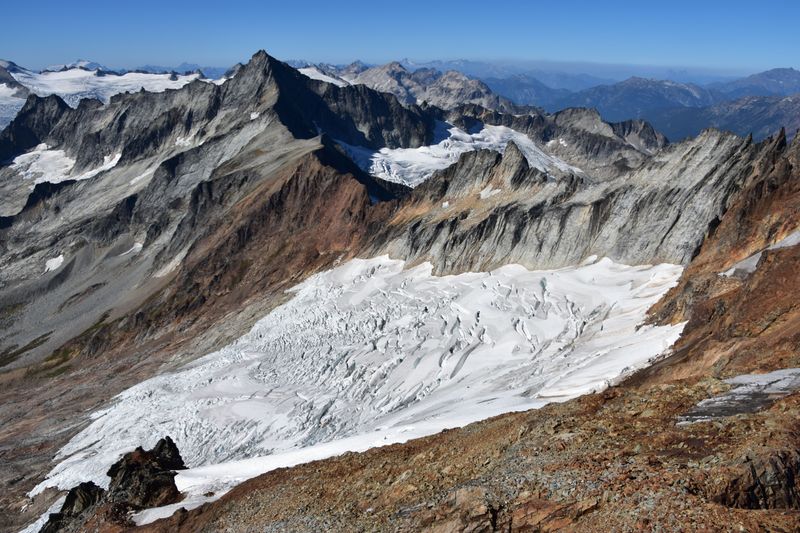
It’s no surprise that North Cascades National Park is known for some of the steepest terrain in the U.S. With over 300 glaciers, the conditions here can be treacherous for hikers and climbers. Crevasses, often hidden by recent snowfall, create deadly traps for those crossing glaciated areas.
The park’s remoteness adds another layer of risk. In emergencies, help is far away, with limited cell service and difficult terrain for rescue helicopters. Injured visitors might have to wait days for evacuation from backcountry areas, leaving them vulnerable.
When you’re in the Cascades, weather can change dramatically and without warning. Clear skies can quickly turn into whiteout conditions, making it easy to get lost or disoriented. Hypothermia is a year-round threat, especially in the park’s high elevations, where temperatures can drop below freezing even during summer months.
13. Wrangell-St. Elias: Alaska’s Beautiful Death Trap
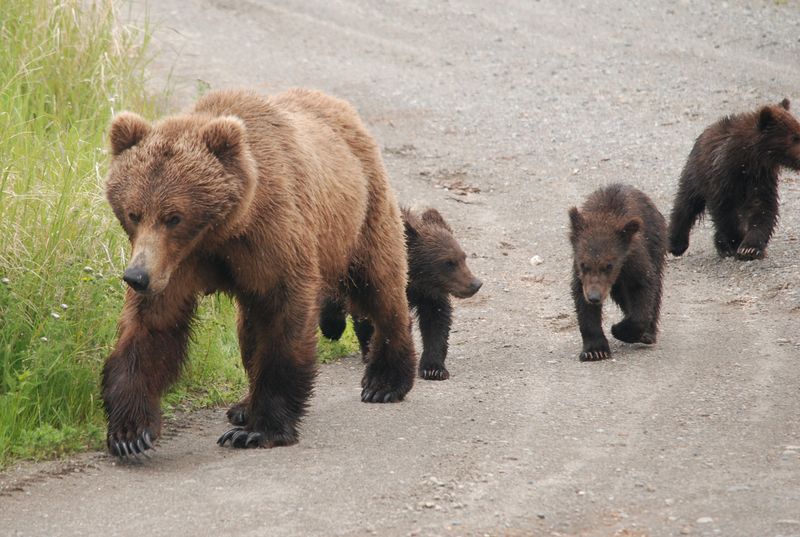
It’s hard to imagine the scale of Wrangell-St. Elias, America’s largest national park, covering over 13 million acres of nearly untouched wilderness. The sheer vastness of the park means rescue operations can take days, and weather conditions often delay or prevent helicopter access, leaving injured visitors isolated.
With some of North America’s largest glaciers, the park constantly shifts beneath your feet. Crevasses can appear unexpectedly, posing deadly risks for hikers crossing the glaciated terrain. River crossings are another serious danger, with frigid glacial meltwater flowing fast enough to sweep away adults.
Brown bears are common throughout the park, and encounters along backcountry routes happen more often than you might think. During winter, temperatures can dip below -50°F, and even in summer, visitors can face freezing conditions at higher elevations, where weather can change in an instant.
14. Yosemite: Falling Rocks and Deceptive Waters
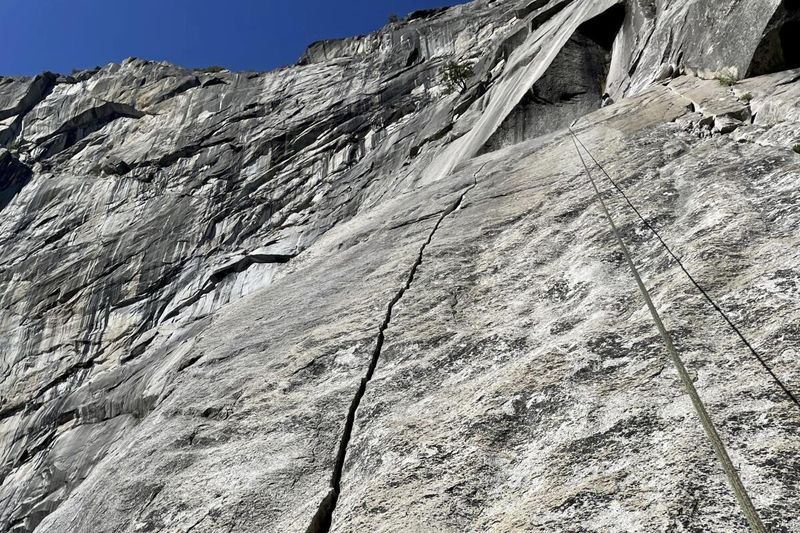
When you’re hiking in Yosemite, it’s easy to forget the danger lurking in its iconic granite cliffs. Rocks and boulders regularly shed from these cliffs, creating deadly hazards for those below. In 2017, a massive rockfall from El Capitan killed one visitor and injured others who were simply in the wrong place at the wrong time.
Though the park’s rivers and waterfalls may seem peaceful, they claim lives every year. Hidden currents below the surface can pull swimmers underwater, while the cold snowmelt-fed waters can trigger cold-water shock, causing even strong swimmers to drown.
Lightning strikes are common in Yosemite during summer thunderstorms, especially on exposed peaks like Half Dome, where hikers have no shelter. If you’re visiting during winter, avalanches in the higher elevations are a serious risk. Steep slopes and varying snow conditions create the perfect setup for deadly slides.
15. Sequoia & Kings Canyon: Bears and Deadly Heights
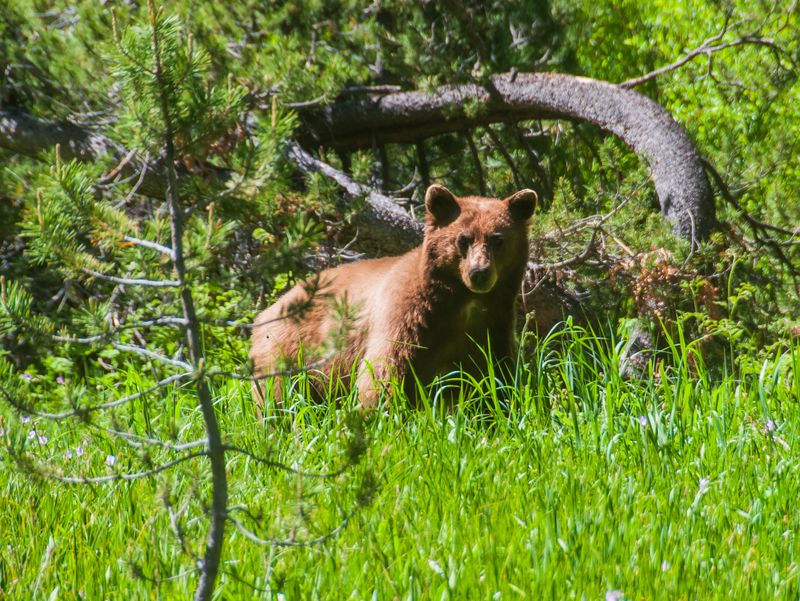
When exploring Sequoia & Kings Canyon National Parks, it’s not uncommon to encounter black bears, and some of these encounters can be dangerous. Bears that have accessed human food may become aggressive, breaking into cars and tents in search of more.
The park’s steep terrain also poses serious risks, with falls claiming many lives, especially on popular trails like Moro Rock. A single misstep here can result in a fatal plunge, so it’s essential to stay cautious.
High-altitude lightning strikes are frequent in summer, catching hikers above treeline where there’s no shelter. During winter, avalanches in the backcountry are a constant threat. Steep slopes and varying snow conditions create an unstable snowpack that can trigger massive slides.
Hypothermia is another risk to keep in mind, as temperatures at higher elevations can drop below freezing, even during the summer months. Are you prepared for the dangers this wilderness has to offer?
16. Canyonlands: Desert Isolation and Deadly Heat
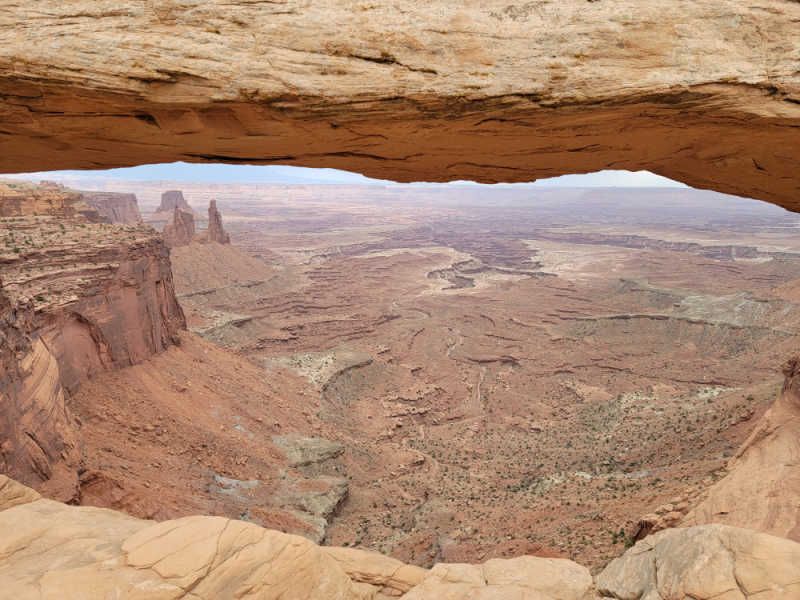
In Canyonlands National Park, getting lost or injured in the remote backcountry can quickly turn deadly. With no cell service in most areas and a confusing maze of canyons, navigation is a challenge, even for experienced hikers.
Summer temperatures regularly soar above 100°F, and with water sources being scarce and often unreliable, dehydration can set in faster than you might think. The dry air wicks moisture from your body, making it easy to become severely dehydrated.
Flash floods are another major risk, tearing through narrow canyons with little warning. They can occur even when no rain is visible nearby, as storms upstream can send torrents of water into the canyons. When wet, the park’s unpaved roads become impassable, potentially stranding vehicles and creating life-threatening situations, especially when supplies start to run low.
17. Mount Rainier: Avalanches and Volcanic Hazards

Mount Rainier is considered one of the most dangerous volcanoes in the world, not just for its potential to erupt but for the massive mudflows (lahars) that would follow. Though currently dormant, the volcano shows signs of hydrothermal activity that creates unstable ground in some areas.
More immediate dangers come from the mountain’s severe weather and avalanche-prone slopes. Storms can develop with extraordinary speed, trapping climbers in whiteout conditions where navigation becomes impossible and hypothermia sets in rapidly.
Crevasses on the mountain’s many glaciers claim lives nearly every year. These deep cracks can be hidden by snow bridges that collapse under a hiker’s weight, resulting in falls of hundreds of feet into icy crevices where rescue is difficult or impossible.
18. Big Bend: Desert Border Dangers
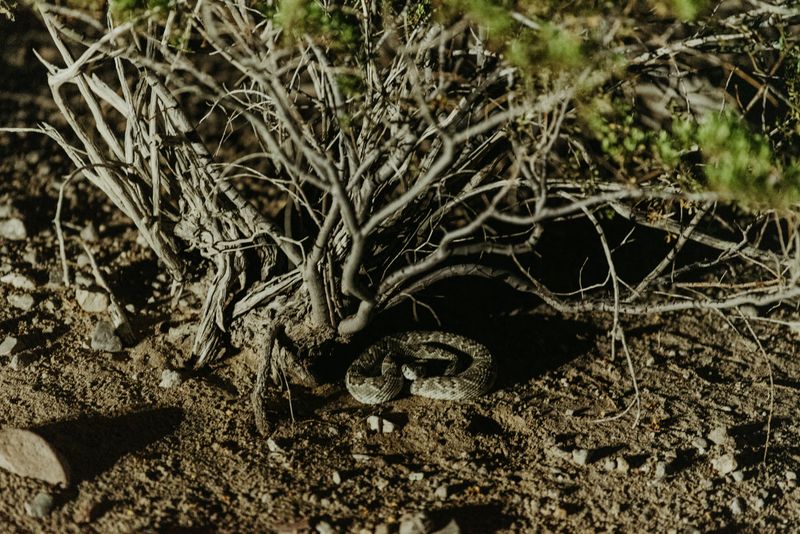
In Big Bend National Park, the remoteness of the Texas desert combined with intense summer temperatures exceeding 110°F can create life-threatening conditions for hikers. The scorching heat, limited shade, and scarce water sources leave little room for error, especially for those who aren’t prepared.
Venomous creatures are another danger lurking in the park, including rattlesnakes, scorpions, and the giant desert centipede. Its painful bite can trigger severe reactions, and with the park’s isolation, medical help for snake bites could be hours away—potentially too late for antivenom to be effective.
Flash floods in Big Bend can transform dry arroyos into raging rivers in a matter of minutes, especially during the monsoon season. The Rio Grande, which forms the park’s southern boundary, may look calm, but its dangerous currents have claimed the lives of visitors who attempted to swim across.
19. Haleakalā: Deceptive Beauty with Hidden Perils
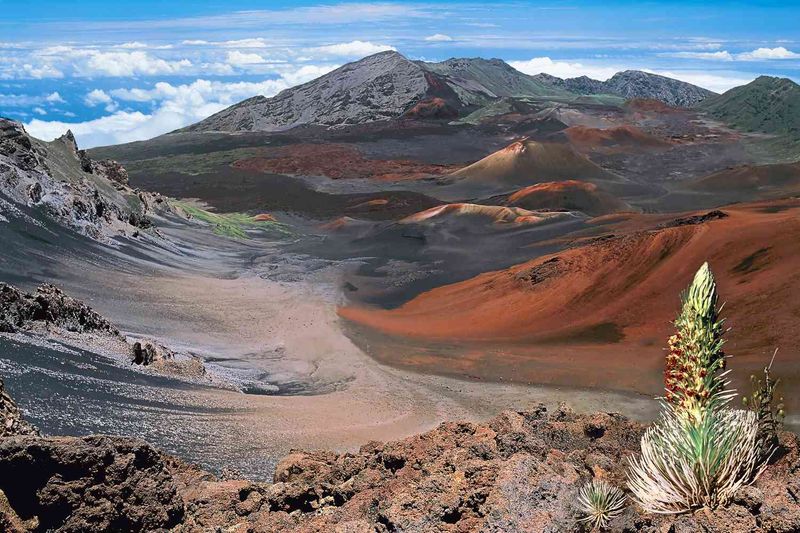
What makes Haleakalā so unpredictable is its summit, sitting over 10,000 feet up. If you ascend too quickly, altitude sickness can hit hard, starting with headaches and nausea, and it can worsen if ignored.
Where clear skies can quickly turn to dense fog and rain, the weather can change in the blink of an eye. Temperatures drop fast, and if you’re dressed for the beach, hypothermia becomes a real threat.
With remote wilderness trails and spotty cell service, getting injured here means waiting hours or even overnight for rescue. If bad weather halts helicopter operations, you’re left hoping help arrives soon. How would you deal with the isolation and the unpredictable conditions?
20. Gates of the Arctic: The Ultimate Wilderness Challenge
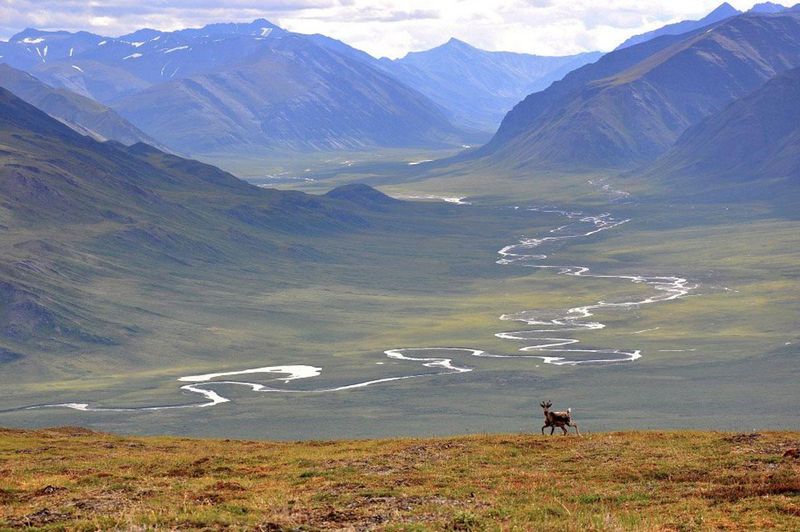
How prepared are you to face one of the most challenging parks in America? Gates of the Arctic National Park, located at the northernmost point, offers no roads, trails, or facilities—just pure wilderness where visitors are truly on their own.
What makes the summer so tough is not just the constant daylight, but the swarms of mosquitoes so thick that they can cause serious blood loss if you’re unprepared. It’s a constant reminder that nature here is wild and unforgiving.
When winter arrives, temperatures often plunge below -30°F, with wind chills that can make it feel even colder. Exposure can quickly lead to life-threatening conditions. Plus, grizzly bears roam freely, so encounters are a common risk for backpackers.
With rivers to ford in frigid water and no bridges to cross, you’ll have to deal with the cold shock that can set in almost instantly. Medical evacuations can take days, depending on where you are and how bad the weather gets. Are you ready for the unpredictable challenges this park throws your way?
